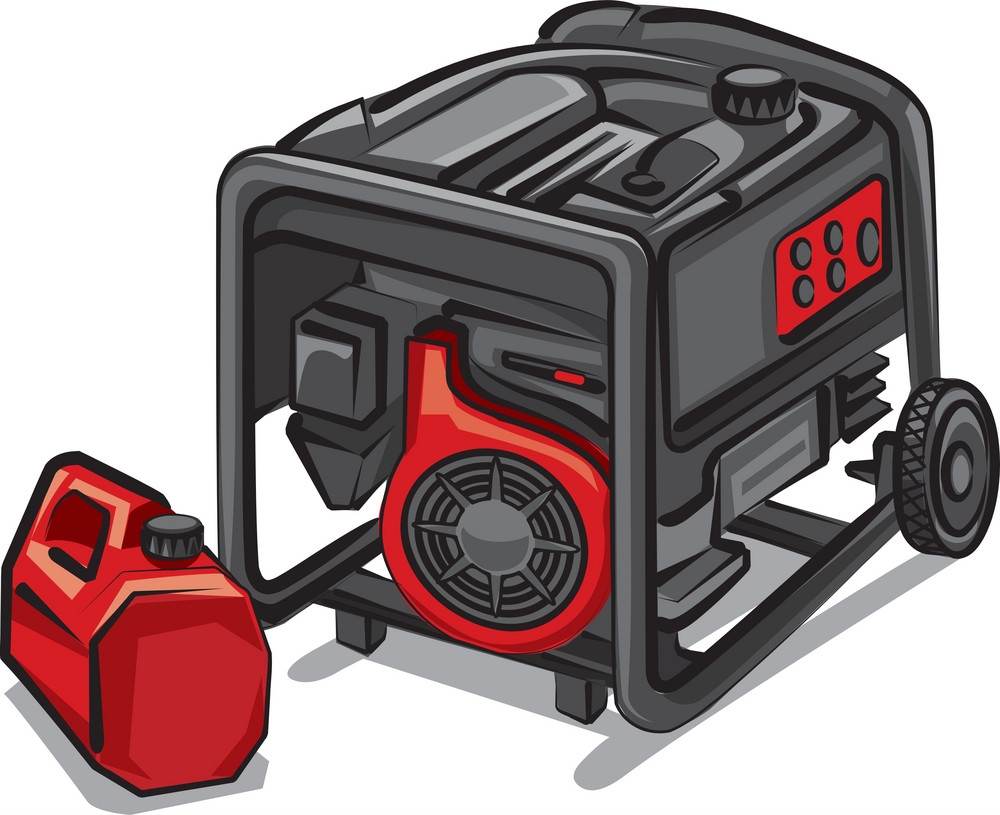The price of any significant appliance is the most essential thing to consider when making a buy. Failing to take into account all of the possibilities involved when obtaining an appliance for your home is the primary element that homeowners tend to underestimate. Being no different, standby generators can also carry the burden of more than only the generator and delivery charges to contemplate. The true cost a consumer or business will incur to install an emergency generator depends on the generating unit chosen, the type of automatic transfer switch, local codes and regulations, extra accessories, and installation labor and materials.
Automatic Transfer Switch
When you choose your automatic transfer switch this will greatly impact installation as well as labor and material costs. Some automatic switches substitute the entire main service panel while others install between the main panel and the meter to select between utility power and emergency standby generator power for the entire home. These switches are the most to install because they involve changing the home’s service equipment. Some more straightforward installations that connect to the main panel and power only select power circuits considered essential or critical will cost less in terms of equipment, labor, and materials. They connect to a double-pole breaker in the main panel for utility power and to the generator for emergency backup power. The switch distributes power to a sub-panel, or to circuit breakers contained within the switch. When a power outage occurs, they transfer the essential circuit to generator power. The rest of the circuits in the home remain without energy. There are variations on both of these options that can affect cost.
Electrical Connections
Installation of the automatic transfer switch is just one element of linking the standby generator to a home or business. Wiring amongst the transfer switch and the building is an additional factor to consider. It includes controller wiring for communication between the transfer switch and the generator, and feeder lines that carry electricity from the generator to the transfer switch for distribution to the home’s electrical system. Other wiring may include remote, wired controllers installed within the home and modules for managing 240-volt, high-voltage appliances such as air conditioners, electric dryers, water heaters, and well pumps. Each device connected to a managed power device will need added wiring, which can raise the cost of the installation.
Fuel Connections
Fuel runs through supply lines via the buildings natural gas line or an LP gas tank, fueling emergency backup power generators. In either case, the installation will demand additional supply lines. A natural gas installation may call for a different meter in order to supply enough gas for the backup generator. In liquid propane installations you may need a new regulator for the same reason.
Budgeting Costs
The best way to find the true charges surrounding the installation of standby power generators is to check with an installer authorized by the generator manufacturer. They can help you navigate permits and building departments and advise you on the type of installation that best suits your needs and your budget.
For more info go to: www.Got-Generators.com
